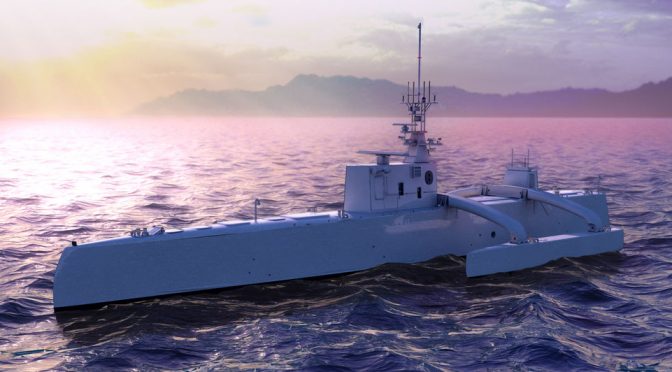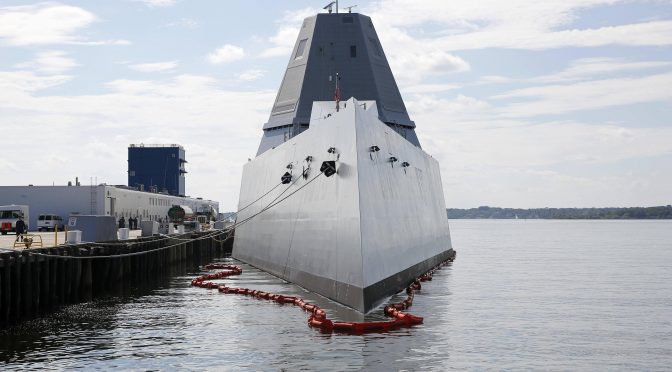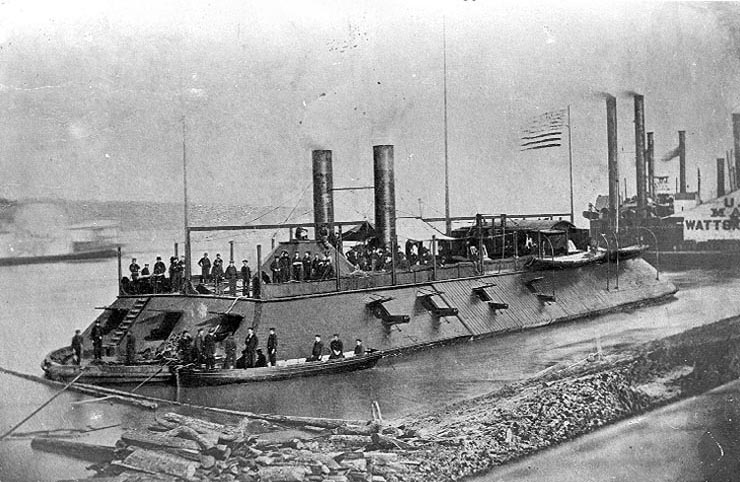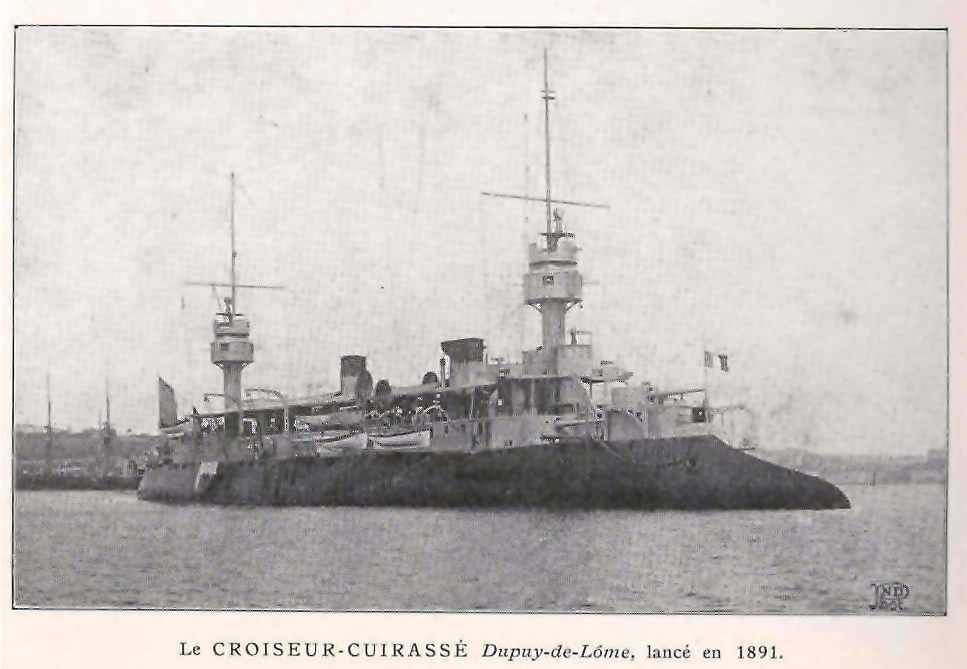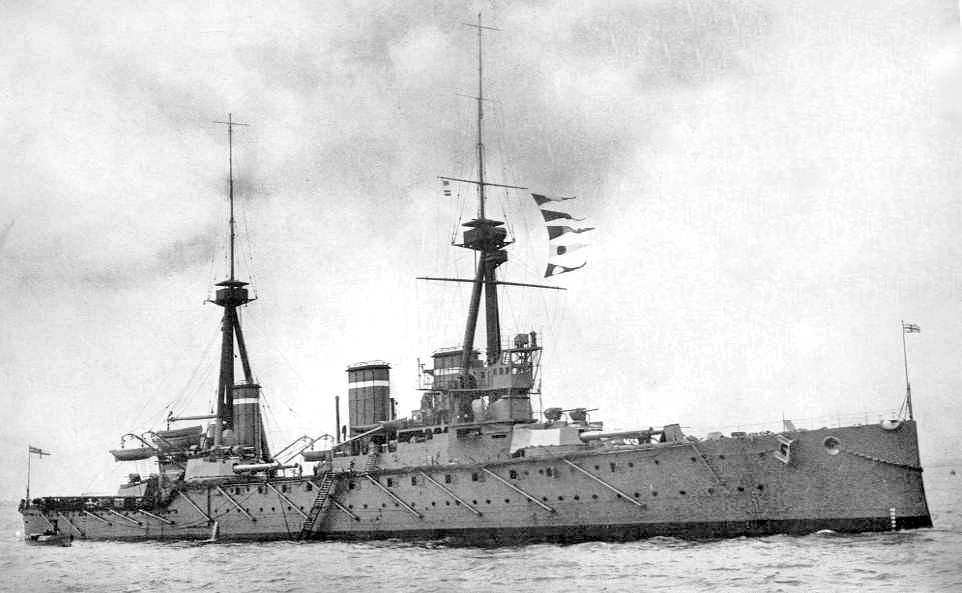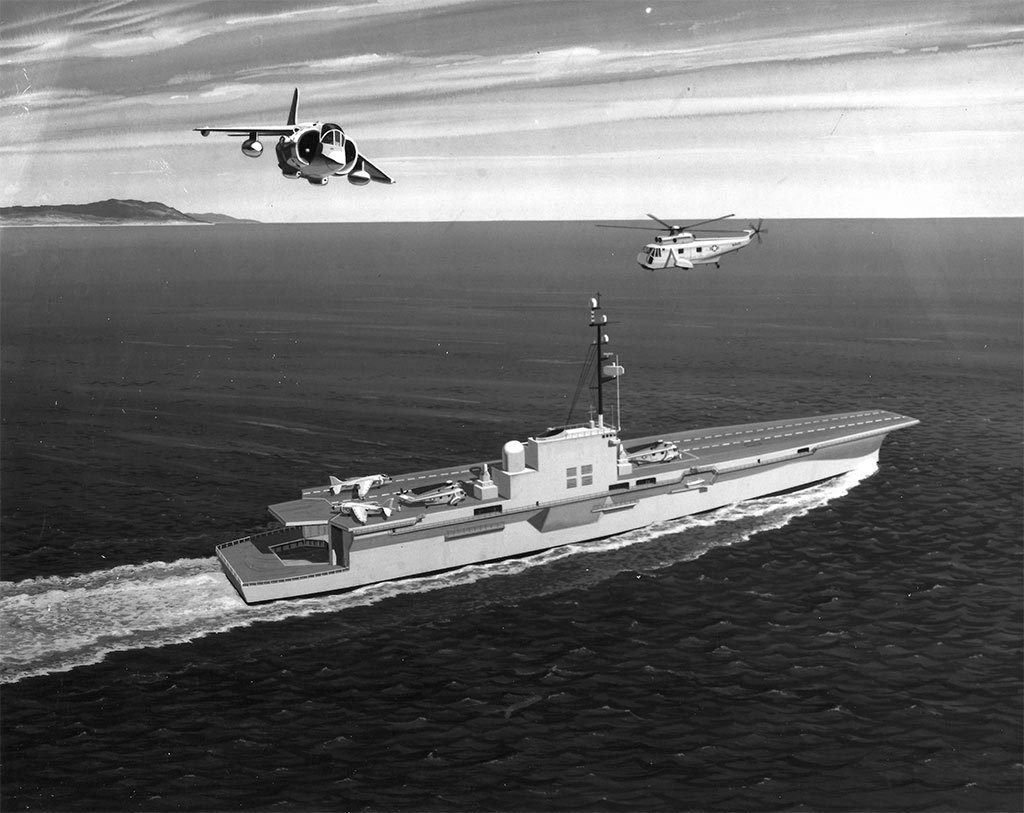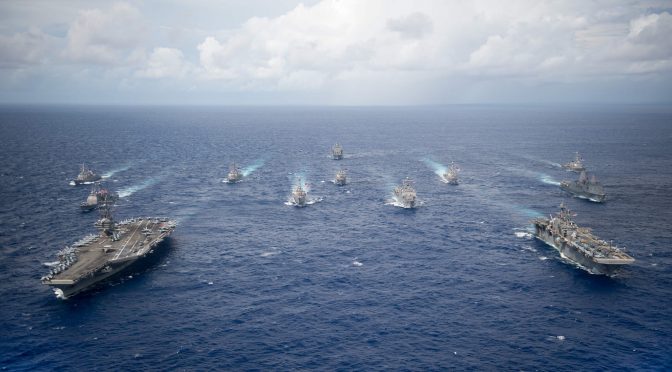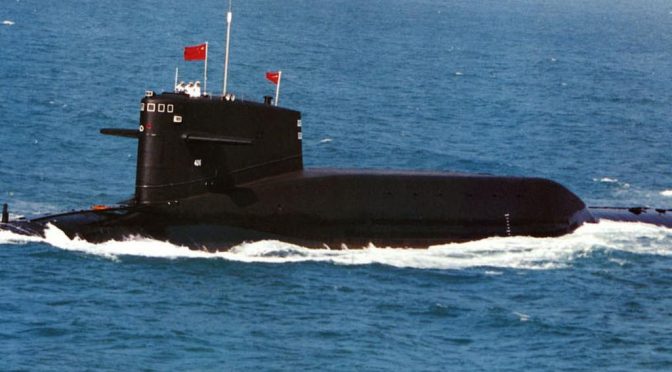Alternative Naval Force Structure Week
By Javier Gonzalez
The U.S. Navy is currently working on a new Fleet Structure Assessment, the results of which will eventually help inform the long-term force structure goals of the Navy’s 30-year shipbuilding plan. This ongoing analysis was generated due to the realization that some of the assumptions used to develop the current goal of 308 ships have changed significantly since its proposal in 2014. The Russian resurgence and China’s rapid military buildup defied expectations, and a review of the Navy’s force structure was absolutely warranted. The conundrum and implied assumption, with this or similar future force structure analyses, is that the Navy must have at least a vague understanding of an uncertain future. However, there is a better way to build a superior and more capable fleet—by continuing to build manned ships based on current and available capabilities while also fully embracing optionality (aka flexibility and adaptability) in unmanned systems. Additionally, and perhaps the better argument, is that a new, unmanned-centric fleet can be more affordable while maintaining its relevance over the expected service life.
Optionality
A relevant fleet is one that is robust, flexible, and adaptable—one that embraces optionality to anticipate uncertain and changing requirements. The author Nassim Taleb describes optionality as “the property of asymmetric upside with correspondingly limited downside.” The implication here is to clearly identify which options will provide the best ability to achieve this “asymmetric upside.” Systems such as the vertical launch system provide a certain degree of flexibility by allowing for the rapid fielding of any weapons that fit inside a missile. In addition, the concepts of modularity (Littoral Combat Ship program), modular hulls, containers interfaces, flexible infrastructures, and electronic modular enclosures are other examples of the Navy’s explicit efforts to add flexibility and adaptability into the fleet. The upsides of adding flexibility are self-evident—by having options added early in the design process, the Navy can quickly and affordably react to new geo-political situations and adjust to technological innovations. However, adding optionality is not an easy proposition, especially because today’s capabilities fielding process values optimization, affordability, and a discernable return on investment over adaptability and flexibility.
Optimization is contrary to optionality, but it is a main factor in today’s ship design. For instance, space optimization is intuitive—the better optimized a space, given today’s capabilities, the smaller the ship needs to be and, consequently, the more affordable it should be. However, this approach infers a level of certainty and inflexibility to change, contrary to optionality. The reality is that optimization is at times necessary on a manned warship. However, new unmanned system designs can provide a canvas to shift this focus to one that values optionality and takes advantage of uncertainty. The suggestion is to make the long-term investment on the unmanned “bus,” not the capabilities. These new unmanned buses must be designed to maximize power generation, cooling, and space availability. The design also needs a robust command and control system to enable the employment of multiple unmanned systems in a cooperative environment.
Affordable Fleet
The affordability of the fleet is not simply a function of budget availability. In 2014, the Chief of Naval Operations, Adm. Jonathan Greenert, testified to Congress that the Navy needed a 450 ship fleet to meet the global demands by the Combatant Commanders. This 450 ship number is likely better equipped to meet future Combatant Commanders’ needs than the current proposal of a 308 ship Navy. At a minimum, a 450 ship Navy provides more options to fulfill future requirements. However, the current and expected future fiscal environment suggests that building more ships is not an option unless a radical change occurs. Also, the enemy has a crucial vote on the affordability of the fleet. The fall of the USRR can be traced back to the U.S. strategy, in the 1970s and 1980s, to impose great costs on the Soviets by making investments to render their warfighting systems obsolete. This obsolescence created an incentive for the Soviets to make costly investments in an attempt to match the technology introductions by the United States. This strategy’s success was achieved in great part due to the apparent U.S. technological advantage over the Soviets. Today, the United States finds itself in a similar predicament as the Soviets in the Cold War, where technology is leaping in new and unexpected ways and China, in particular, is fielding systems that make many U.S. systems obsolete. The rapid fielding of “game changing” technology by China, such as the first quantum communications satellite or the DF-21D missile, results in a predictable reaction by the DoD to invest in more capable and expensive advancements to counter their efforts. If the Soviets are any indication of the dangers of this strategy, especially if the United States acknowledges that the technological edge over near competitors in the 20th century will no longer be assured, then the United States needs to shift its competitive model to one flexible enough to rapidly and affordably adjust to unforeseen challenges.
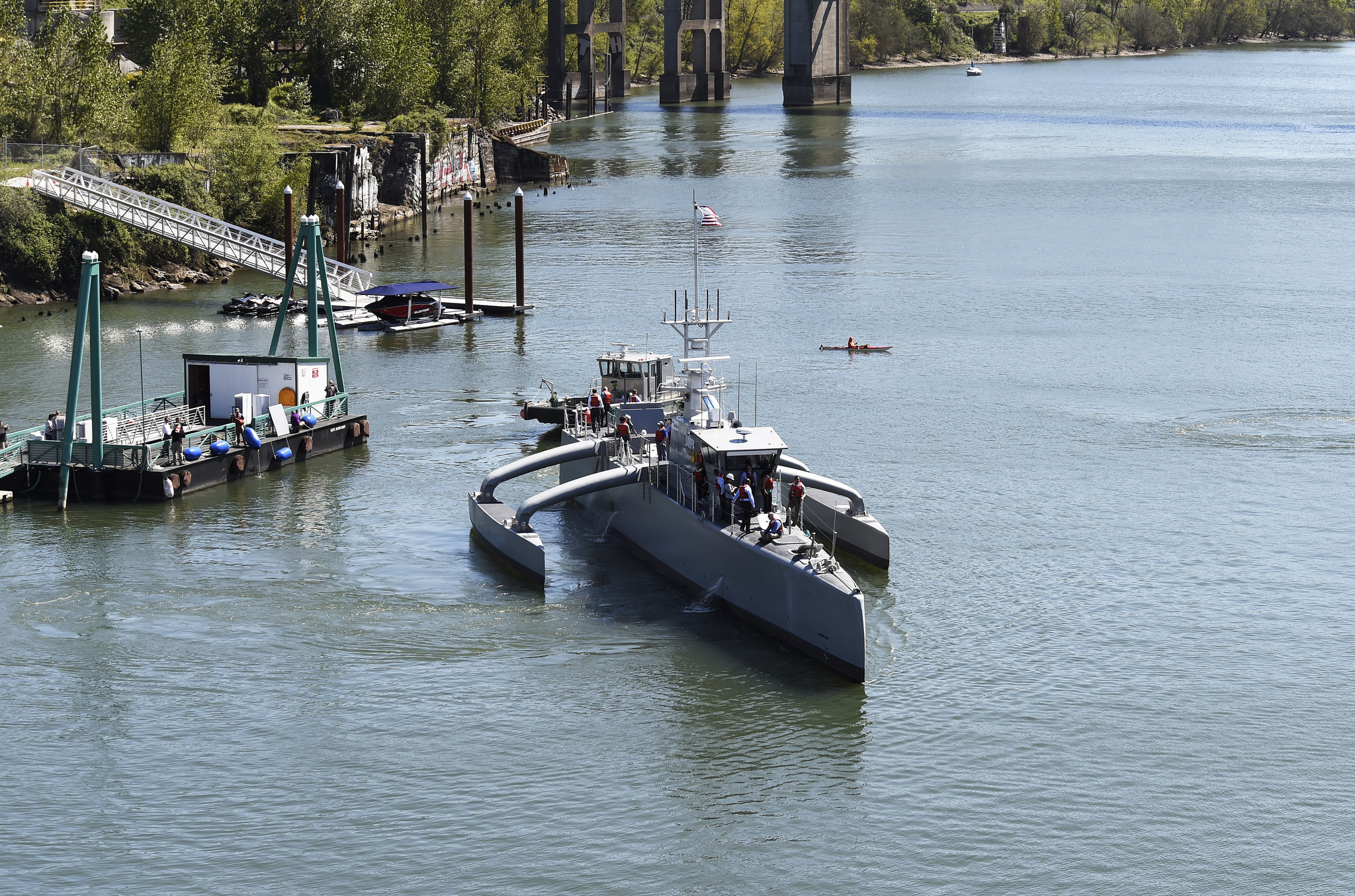
Additionaly, long-term shipbuilding is inherently expensive and dependent on current and mature capabilities. Trying to build a ship with immature technologies can result in unnaceptable acquisition blunders. For instance, the Navy’s next-generation nuclear carrier, CVN-78 Gerard P. Ford, has resulted in massive cost overruns due in great part to the risk incurred in trying to include new and immature technologies into the shipbuilding plan. An unmanned-centric fleet provides the flexibility to value building manned ships based on current and available capabilities while also fully embracing optionality in unmanned systems. An added benefit of having optionality combined with unmanned systems is that it allows for prospective capabilities to be more rapidly prototyped while offering a robust means for experimentation both for technology and future concept of operations development. Unmanned systems could function similarly to a smartphone and its many applications. The benefit of this approach is that it provides an environment with stressors that will allow new technology to fail early and facilitate rapid change, evolution, and dramatically quicken the research and capabilities fielding cycles. The next Fleet Structure Assessment should also embrace optionality by finding the optimal mix of manned and unmanned vessels that will yield an asymmetric upside.
Unmanned-Centric
An unmanned-centric force structure will be dramatically different than today’s Navy, and it will require a departure from the 450 ship manned Navy ideal or the current 308 ship goal. The right mix of manned versus unmanned systems can be derived from a concept of operations that promotes judicious force structure discussions. The basis of this new concept is a fleet with more unmanned systems than manned systems where these platforms are fully integrated. For instance, instead of having a Surface Action Group (SAG) comprised of three manned ships, new SAGs could be comprised of a manned ship and at least two unmanned surface vehicles. Incorporating vehicles like DARPA’s ASW Continuous Trail Unmanned Vessel or General Dynamics’ Fleet-class unmanned surface vessel could add capabilities that will immediately increase lethality and adaptability. In the amphibious realm, the Navy could leverage unmanned platforms as resupply distribution systems for Marines on the beach. This could be of particular importance in a contested environment while supporting multiple fronts in an archipelago-like scenario. Further in the future, instead of having eleven 100,000-ton aircraft carriers, a mix of eight traditional carriers with eight to ten smaller (~40,000 ton) all-unmanned combat air vehicle carriers will provide the flexibility and presence that all Combatant Commanders are desperately seeking.
Presence is about having the right capability, in the right place, at the right time. To accomplish this the Navy will essentially need more assets. A plausible solution could be a force structure where the main employment of unmanned systems will be around unmanned-centric Surface Action Groups as the smallest force package to fulfill theater needs. The current 308 ship Navy plan is structured as follows:
| CVN | LSC | SSC | SSN | SSGN | SSBN | AWS | CLF | Supt | Total |
|---|---|---|---|---|---|---|---|---|---|
| 11 | 88 | 52 | 48 | 0 | 12 | 34 | 29 | 34 | 308 |
CVN – Carrier, LSC – Large Surface Combatants, SSC – Small Surface Combatants, SSN – Fast attack submarines, SSBN – Ballistics Submarines, AWS – Amphibious Warfare Ships, CLF – Combat Logistic Force, Supt – Support vessels.
A future force structure could start with trading large and small surface combatants for a new fleet of Unmanned Vessels. The affordability comes from the added presence afforded by the nature of an unmanned autonomous system and the need for fewer personnel to support their operations. The added capability comes from the introduction of 19 capable Surface Action Groups comprised of a manned ship with two unmanned vessels as depicted below and further explained in table I:
| CVN | LSC | SSC | USV | SSN | SSBN | AWS | CLF | Supt | Total |
|---|---|---|---|---|---|---|---|---|---|
| 11 | 84 | 50 | 38 | 48 | 12 | 34 | 29 | 34 | 340 |
CVN – Carrier, LSC – Large Surface Combatants, SSC – Small Surface Combatants, USV – Unmanned Surface Vessel, SSN – Fast attack submarines, SSBN – Ballistics Submarines, AWS – Amphibious Warfare Ships, CLF – Combat Logistic Force, Supt – Support vessels.
 – Rule of thumb used: 3 ships at home for every one deployed (for repairs, maintenance, training, and other requirements).
– Rule of thumb used: 3 ships at home for every one deployed (for repairs, maintenance, training, and other requirements).
-Out of the 140 surface combatants (large and small) proposed in current 308 ship plan, 35 could be deployed at any time (based on rule of thumb). Assuming 4 carriers deployed with an escort composition of three manned surface combatants per deployed carrier – the Navy could have 23 manned surface combatants available for tasking.
-Based on GAO yearly operational costs of a DDG ($70k per day) and assumed cost of DARPA’s ACTUV ($15-20k per day) then one DDG is equivalent to 12 USVs (no personnel = affordability). Force structure was determined by trading 4 DDGs to provide 38 USVs. Four less DDGs = 19 very capable Surface Action Groups (a manned ship and two unmanned vessels).
Conclusion
The most important attributes for future force structures are relevance and affordability. This goal can be achieved by pivoting from the traditional to place the emphasis on developing unmanned capable buses that can accommodate all current technologies and have the capacity to flex and adapt to future technologies. Optionality to ship-building and unmanned systems integration can provide the flexibility and adaptability the Navy requires to remain relevant in an uncertain future. The result is a force structure that is more capable and conceptually more affordable. All great plans start with the end in mind – the upcoming Fleet Structure Assessment needs to showcase what the end of the Navy’s 30-year vision looks like. The suggestion is an unmanned-centric, man-led fleet.
Commander Javier Gonzalez is a Navy Federal Executive Fellow at the John Hopkins University Applied Physics Laboratory and a career Surface Warfare Officer. These are his personal views and do not reflect those of John Hopkins University or the Department of the Navy.
Featured Image: An artist’s concept of ACTUV (DARPA)

